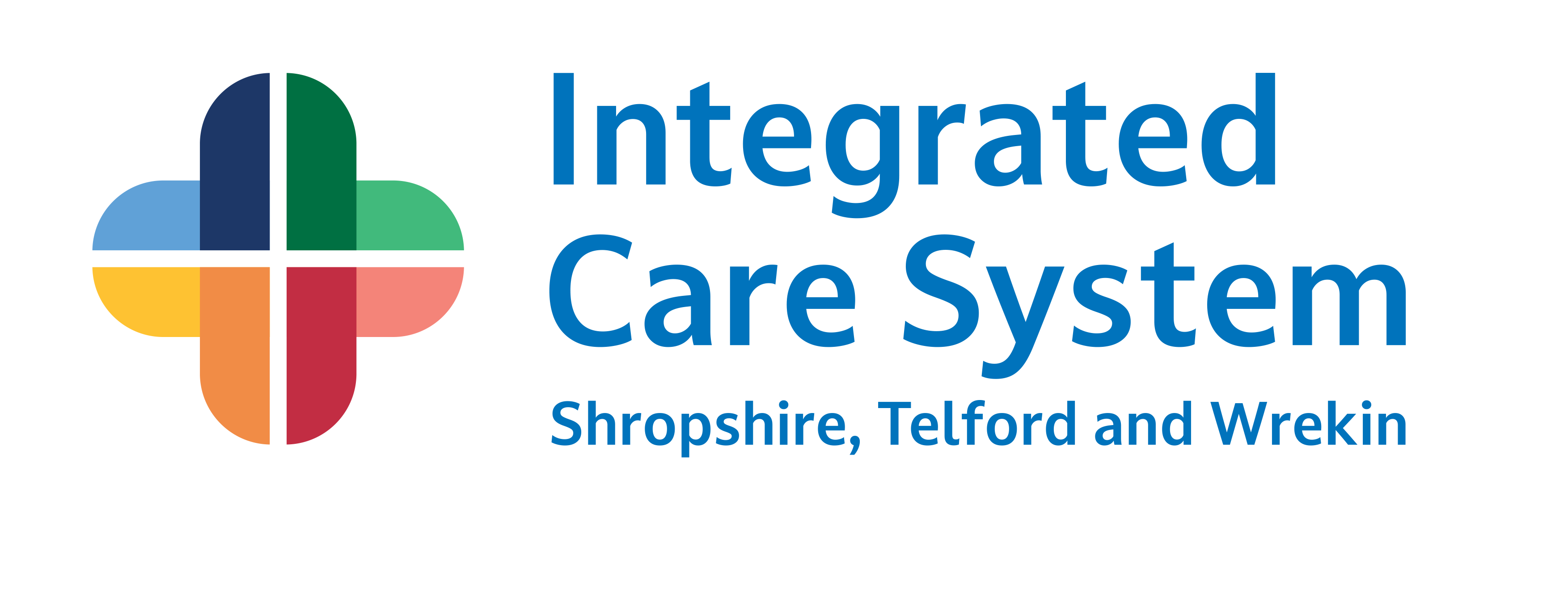Virtual Wards
Virtual wards allow patients to get care safely and conveniently in the place they call home, rather than in hospital.
The NHS is increasingly introducing virtual wards to support people at the place they call home, including in care homes, providing safe care for appropriate patients who would otherwise be in hospital, either by preventing admissions or allowing for an earlier, supported discharge.
In a virtual ward, new technologies such as wearable devices, oxygen and blood pressure monitors along with apps, provide real-time information on people’s vital signs to a dedicated remote team of health and care professionals.
Personalised care plans identify what matters to the person to ensure that the support they receive is designed around their desired outcomes. Support may involve face-to-face care from multi-disciplinary teams based in the community.
Shropshire, Telford and Wrekin Integrated Care System is developing these virtual wards for people experiencing a deterioration in their respiratory, frailty or heart failure condition. Virtual wards will provide additional capacity to our existing hospital beds enabling more patients to receive the care they need.
What are the benefits of virtual wards for patients?
Research shows that being at home, where patients can see friends, family and pets, is much better for physical health, mental wellbeing and overall recovery rate.
We know that it if people stay too long in hospital, they can experience serious deconditioning, with reduction in muscle strength that affects mobility and can be hard to recover from. This approach enables patients to have all the benefits of being at home, such as privacy, their own bed, and peace and quiet, with the wraparound care of a dedicated clinical team to review them remotely and face-to-face when needed.
We also know that the positive impact of this is that more patients maintain their independence at home and are less likely to be re-admitted to hospital.
Find out more about virtual wards on our FAQ page.
